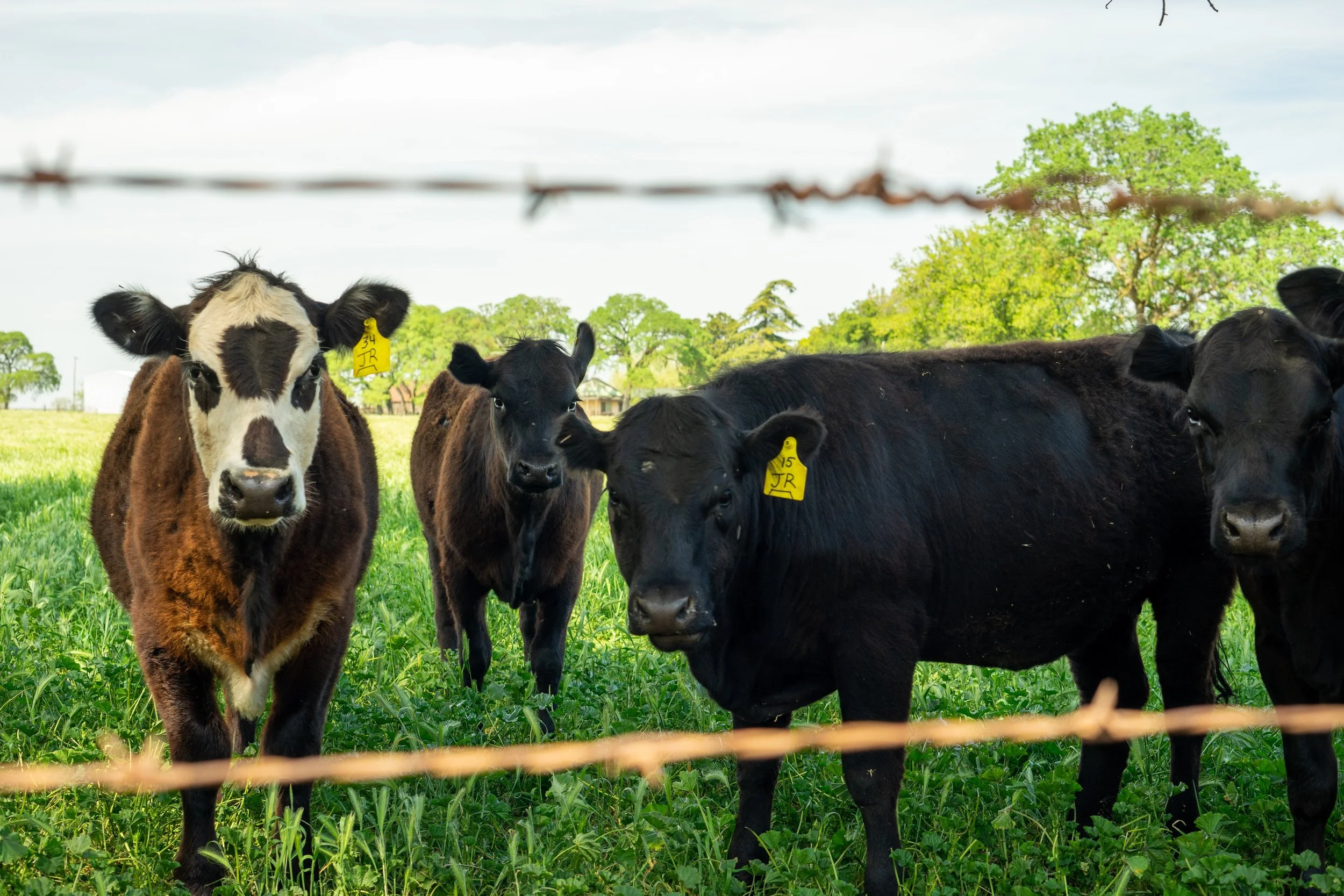The Problem With Lab-Grown Meat & What You Need To Know
Would you eat meat that was grown in a lab? Is this the future of our food system?
Lab-grown meat, also called cultivated, clean meat, or cell-based meat is a new technology that might make it to the market sooner than anticipated. Given that over 70 billion land animals are killed each year for food, there are a number of people in favour of swapping meat for a cruelty-free alternative.
But is lab-grown meat vegan?
No matter what side of the debate you consider yourself, no harm can come from better understanding the benefits and challenges of the industry so you can best decide if it’s right for you.
Is Lab-Grown Meat Vegan?
Yes and No.
Lab-grown meat is typically a byproduct of the animal industry because, without the tissue of a live animal, it would not be possible to manufacture it in the lab.
Whilst some may argue that the process does not involve the slaughter of animals, it keeps the system dependent on animals for food instead of shifting to healthier alternatives.
Some scientists have started to develop cell lines directly in the lab without needing animal biopsies. This would make lab-grown meat animal cruelty-free. Only time will tell if this lab-grown meat is appropriate for the market.
Mock meats or soy meat are already widely available and are derived from soy or pea protein.
Aside from mock meat, food companies may use ingredients like mushrooms and beetroot to create a realistic vegan version of a meat product.
How Is Lab-Grown Meat Produced?
Recent advances in tissue engineering allowed medicine to obtain muscle tissues from a selection of living samples with cell cultures. This is called in vitro production.
Scientists remove a small piece of the animal’s tissue and grow it in a nutritional culture that provides the cells with nutrients. This way, the muscle grows until it becomes a portion significant enough to replicate real meat. Furthermore, scientists can selectively manage its composition. This allows lab-grown meat to be free of many non-beneficial components that cause negative issues in our health, like fat and cholesterol.
For example, scientists can control the ratio of omega-six and omega-three fatty acids to create healthier meat by altering the DNA of the progenitor cells. Lab-grown meat can provide the desired portion while avoiding the antibiotics that animals usually ingest in feed lots and intensive livestock systems.
It is estimated that by 2040, most of the meat people eat will not come from slaughtered animals and that 60% will be either grown in industrial-scale bioreactors or replaced by plant-based products that look and taste like meat".
Environmental Benefits Of Lab-Grown Meat
In traditional livestock, only 5 to 25% of the total animal’s weight is edible meat.
According to FAO, livestock is responsible for 14.5% of global CO2eq emissions due to the enteric fermentation of animals during their reproductive life, land-use change and manure treatment.
Compared to conventionally produced European livestock meat, cultured meat involves 78-98% less greenhouse gas emissions, 99% less land use and 82-96% less water use.
In addition, meat and animal products use 83% of the world’s farmland and contribute to 56-58% of all greenhouse gas emissions, even though they provide only 37% of our protein and 18% of our calories.
So the least we can say is that animal products are very inefficient under the current production systems.
Overall, livestock vs the lab is a complex situation to assess, as cultured meat is still a relatively new production process.
Challenges Of Lab-Grown Meat Production
One of the main challenges of cultured meat is selecting an appropriate cell source for the animal tissue culture.
Many homogeneous start cells are needed for adequate growth, and these cells can go through genetic instability processes. This cell line genetic instability is one of the main issues of cultured meat development today.
Another problem is that some tissues can’t grow indefinitely. Most cells have a limited capacity for division, limiting large-scale cultures of muscle tissue in a lab. This is another challenge to providing industrial quantities of cultured meat. It works at low scales, but the costs to upscale the process are still very high.
Obtaining serum-free culture media is a big challenge. The serum comes from the bovine fetuses, which contain nutrients, hormones and other components that stimulate growth. However, using this culture involves a complex process for the cow’s fetus.
Finding a new medium that is low-cost and safe for tissue engineering is crucial to scale up cultured meat production.
Final Thoughts
There are many challenges ahead for such a new and complex technology.
There will also be a concern surrounding the ethics of lab-grown meat, and it is easy to see why many will argue it is not cruelty-free.
Cultured meat also indicates that we continue to promote a need for meat when we already have science and research that tells us we do not need to consume meat to be healthy. It is the leading cause of many lifestyle diseases.
So far, lab-grown meat has only been produced in low-scale systems. According to a recent paper, growing a five-ounce meat patty in a lab took three months, costing more than $330.000 USD. If you are already thinking of swapping animal meat for lab-grown meat, perhaps it means you are considering a lifestyle change towards cruelty-free food.
I encourage you to try and incorporate plant-based options like fresh vegetables, legumes, tofu, tempeh and beans, which are readily available and affordable.
Whole foods such as fruits and vegetables will do wonders for your health and well-being and are less destructive to the environment when compared with animal agriculture.
There is no need to wait for the lab-grown meat industry; start making a positive change today!

